Risk Management & Insurance Planning
Definition
Risk management involves:
Establishing safeguards to minimize the potential loss associated with risk to your tangible and most importantly, intangible assets i.e. health, earning potential, etc.
Purchasing insurance as standalone tactic — including life insurance, disability insurance, and long-term care insurance — without integrating them into a holistic financial strategy often leads to:
qualitatively: a false sense of security and financial preparedness that overlooks key risks and fails to optimize your protection
quantitatively: overspending on unnecessary or ill-fitting coverage, putting strain on cash flow while leaving gaps in your safety net
Contrarian
Pro-tips > best practices
As a high-earning professional, you’ve worked tirelessly to build a successful career. You understand the importance of protecting your assets and securing your financial future.
Insurance plays a critical role when it comes to safeguarding your finances and providing for loved ones. Products like life insurance, disability insurance, and long-term care insurance act as essential safety nets — but only if used properly as part of a cohesive plan.
When disconnected from your broader financial goals, insurance can result in misallocated dollars. You may end up overpaying for coverage you don’t really need or leave gaps that threaten your financial security. Even if you have “enough” insurance, failing to coordinate your policies with your overall financial strategy can lead to missed tax advantages, lost opportunity costs, and reduced wealth-building potential.
To make your insurance dollars count, it’s crucial to take a comprehensive planning approach that looks at the full context of your unique circumstances, goals, and resources. Otherwise, you may waste money at best — and dangerously underprotecting yourself at worst.
TL;DR
- Buying insurance without a comprehensive financial plan often leads to wasted spending on the wrong coverage and dangerous gaps in your safety net.
- To optimize your insurance strategy, it’s critical to integrate insurance planning with your cash flow, asset protection, tax, and wealth-building tactics based on your specific situation and goals
- Creating a coordinated financial strategy with the help of an experienced professional can maximize the impact of every dollar while ensuring you have the right types and amounts of coverage.

The Pitfalls of Standalone Insurance


Actual coverage needs v. presumed purchase
One of the biggest issues with purchasing insurance products in isolation is that it frequently leads to mismatches between your actual coverage needs and what you end up buying.
Off-the-shelf insurance products are designed to cater to the masses, not the unique needs of high-earning professionals. As a physician or attorney, your financial situation is likely more complex than the average individual’s. Generic insurance policies simply cannot account for these nuances. They may provide too little coverage in some areas and too much in others, leading to inefficiencies and unnecessary expenses.
For example, a physician earning $500,000 annually might assume they need the maximum possible disability insurance benefit. But without analyzing their complete financial picture, they could easily overpay for an excessive benefit amount.
Consider a doctor who has $2M in savings outside their practice. With low living expenses and a working spouse, they may be able to rely on their existing assets for income replacement if they become disabled. Paying high premiums for a “cadillac” disability policy, in this case, may not be the best use of insurance dollars. That money might be better directed toward an area of greater risk exposure, like umbrella liability coverage. It could even be allocated more broadly across different financial needs, like estate planning documentation fees, retirement savings, and more.
Costly coverage gaps
Making insurance choices without a broader financial context leaves you vulnerable to costly coverage gaps. A prime example is when high-earning professionals rely solely on group life and disability policies through their employers.
While group coverage is a valuable benefit, it often falls short for high-income earners. For example, group long-term disability insurance usually only replaces 60% of your salary and may be capped at a certain amount. Some major hospitals, particularly in metropolitan areas like New York City, offer the ability to purchase supplemental disability coverage. For example, NYU Langone allows physicians to buy up to $17,500 of additional disability insurance on top of their base benefit.
However, these supplemental policies are generally not portable. A young physician may change institutions several times early in their career, which can impact their coverage. To mitigate this risk, it’s often smart to purchase an individual policy with a future increase option or benefit update rider. This allows you to increase your coverage as needed, regardless of employer changes.
It’s also crucial to understand the tax implications of group coverage. Benefits paid by employer-sponsored plans are usually taxable, whereas individual disability policies typically pay out tax-free benefits. Relying solely on group policies can also be risky if you develop a medical condition that affects your future insurability. This can limit your career flexibility and overall financial planning.
When it comes to life insurance, even generous group policies may not provide sufficient coverage for high-earners. Group life insurance typically offers between $20,000-$50,000 in coverage. That pales in comparison to the millions in coverage a high-earner needs to protect their family. Supplemental individual policies are often required to ensure appropriate coverage levels. Without a comprehensive financial plan that takes into account your full financial picture, it’s nearly impossible to determine the appropriate level of insurance protection you need.
Economies of scale missed
Even when you have the right types and coverage amounts, failing to incorporate your insurance into your broader financial plan means missing out on valuable coordination opportunities. From a tax perspective, structuring your policy ownership strategically can lead to major advantages.
For example, holding life insurance policies in an irrevocable life insurance trust (ILIT) keeps the death benefit out of your taxable estate. Setting up life and disability policies to fund buy-sell agreements can ensure business continuity while providing tax-efficient liquidity. Plus, leveraging hybrid long-term care solutions can offer tax-free LTC benefits.
These strategies don’t happen by accident — they require intentional, proactive planning with insurance professionals and financial advisors who understand the big picture. Insurance is a powerful tool, but its full potential can only be harnessed as part of a comprehensive financial plan.
Comprehensive Approach
Strategy-First; Tactics Follow
The value of a holistic approach
This approach recognizes that your financial life is multifaceted, with interdependent elements that require careful coordination to work effectively. By considering your entire financial picture, from your income and expenses to your short- and long-term goals, a comprehensive financial plan can help you optimize your insurance coverage while addressing other key areas of your financial life. When insurance is integrated into a broader financial strategy, it can:
- Provide tailored protection that aligns with your specific needs and goals
- Maximize the efficiency of your coverage, ensuring that you’re neither over- nor under-insured
- Coordinate with other financial tools and strategies to create synergistic effects
- Adapt over time as your circumstances and objectives evolve
- Offer peace of mind, knowing that your financial life is well-orchestrated and aligned with your values
Assess your risks and resources
Start by taking inventory of your financial situation. This means looking at your income, expenses, assets, liabilities, and existing insurance policies. You can work with an advisor to identify areas of exposure. Do you have enough emergency savings to cover deductibles? Is your practice revenue vulnerable to a potential disability? Do you have a high-risk hobby or side gig that raises your umbrella liability needs? A thorough risk assessment will reveal where you need to direct coverage.
Align coverage with your goals
With a clear view of your risk areas, start mapping your insurance needs to your personal and professional goals. Are you the sole income provider for a young family? You’ll likely need substantial life insurance and disability coverage. Approaching retirement? Long-term care insurance becomes vital. Aligning insurance with your phase of life and objectives will point you toward the right solutions. Avoid a piecemeal approach and coordinate a cohesive coverage strategy across life, disability, property-casualty, medical, and long-term care. Account for employer benefits and public policies like Social Security to identify the specific gaps you need to fill with individual coverage.
Optimize your insurance tactics
Don’t just stop at securing coverage — ensure your insurance is working as hard as possible for you. Consult with the right CFP® to find the carriers and policy features best suited to your needs. High-limit disability, term life with conversion privileges, and hybrid long-term care policies with an extension of benefits are examples of options to consider as a high-earning professional.
Key Insurance Types


Term Life Insurance
A cost-effective solution for income replacement, term life provides coverage for a set number of years (usually between 10-30). It pays a death benefit to your beneficiaries if you pass away during the term.
Permanent Life Insurance (Whole Life, Universal Life, Variable Life)
Permanent policies combine a death benefit with an investment component, offering lifelong coverage and potential cash value growth. These can be used for estate planning, business succession, and supplemental retirement income.
Short-Term Disability Insurance
Short-term policies replace a portion of your income if an injury or illness prevents you from working, typically for 3-6 months. Many employers offer this coverage.
Long-Term Disability Insurance
A critical coverage for high-earners, long-term disability replaces a percentage of your income (usually 60-80%) if you experience a disabling event that lasts beyond 90 days. Benefits can extend for years or until retirement.
It’s important to note that disability insurance providers have capacity limits for the amount of coverage they can offer an individual. These limits depend on various factors such as income, occupation, and medical history.
For extremely high-income earners (those making $1M+), it may be necessary to combine group coverage, an individual policy from a physician-friendly provider, and even excess coverage — through a provider like Lloyd’s of London — to achieve rnough income protection. Lloyd’s can be particularly useful for high-limit coverage and insuring individuals with pre-existing health conditions that might otherwise be uninsurable.
Long-Term Care (LTC) Insurance
Most people, whether avid investors or not, have at least heard of bonds. They are essentially an I.O.U. between a lender and a borrower. The borrowers are typically corporations, states, cities, municipalities, or sovereign governments. They are used to usually finance longer-term projects.
Investors are debt-holders of the issuers and each bond has a definable maturity amount, maturity date and guaranteed interest rate. Therefore, bonds typically are ideal for those who are looking for fixed income. They may be a buffer in time of falling stock prices. However, they do not compound interest. The interest may also be completely taxable, partially taxable or even income tax free, depending upon the type of issuer.
Hybrid Policies
Hybrid policies combine elements of life insurance with long-term care coverage. These policies can offer tax-advantaged LTC benefits while retaining a death benefit or cash value component.
Takeaways
Quick wins
Assess your current and coverage gaps
- Audit your existing insurance, including group benefits, to uncover holes in your safety nets. Don’t assume you’re fully protected without analyzing the details.
Seize opportunities to maximize value
- Look for ways to boost the tax and wealth-building power of your insurance with strategic policy selection, ownership structure, and integration with your broader financial plan.
Design your insurance strategy around your goals
- Use your personal and professional objectives as the foundation for your insurance choices. Your advisor should custom-tailor a plan that fits your needs and situation.
Find a CFP-led advisory team
- Partner with a Certified Financial Planner (CFP®) who understands the unique insurance needs of high-earning physicians and incorporates insurance planning into a comprehensive financial planning approach.

